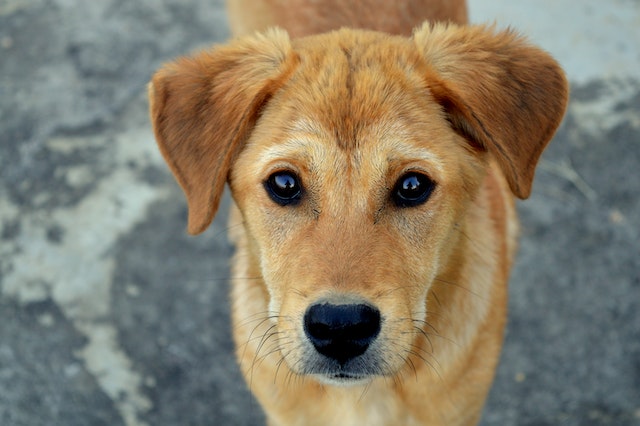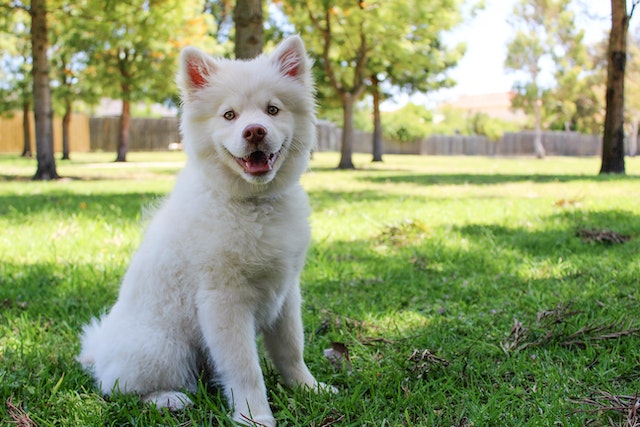The journey of becoming a parent is a remarkable and life-altering experience, filled with excitement and anticipation. Along with the joy of expecting a baby, there comes the responsibility of creating a safe and harmonious environment for your growing family, which includes your four-legged friend. If you’re a dog owner and are about to become a parent, you might wonder how to choose a baby-friendly dog and how to ensure a smooth transition for both your dog and your new baby. This comprehensive guide will take you through the steps to select a dog that’s suitable for family life and provide valuable tips for introducing your baby to your canine companion.
Assess Your Dog’s Temperament
The very first step in choosing a baby-friendly dog is to assess your dog’s temperament. Not all dogs naturally adapt to being around infants, so it’s crucial to consider your dog’s personality traits. Here are some factors to keep in mind:
1. Calm and Gentle Nature
Seek dogs known for their calm and gentle temperament. Breeds like Golden Retrievers, Labrador Retrievers, Beagles, and Basset Hounds are often praised for their child-friendly disposition. However, remember that individual personality plays a significant role, regardless of breed.
2. Sociability
Dogs that are social and enjoy human interaction are generally better candidates for family life. Dogs with a history of being friendly and well-behaved around children may be more suitable.
3. Patience
Patience is a virtue when it comes to dogs and babies. Dogs that can tolerate unpredictable and sometimes noisy behavior are more likely to adapt positively to the presence of a baby.
4. Trainability
Dogs that are obedient and responsive to training are easier to manage around children. Consider enrolling your dog in obedience classes if they need additional training.
5. Age and Energy Level
Puppies and high-energy dogs may require more supervision and training to ensure they interact safely with a baby. Older, more relaxed dogs may be a better fit.
Assess Your Dog’s Reaction to New Experiences
To gauge your dog’s readiness for a baby, expose them to new experiences and situations that mimic the sounds and activities of a household with an infant. These can include:
- Playing recorded baby sounds to see how your dog reacts.
- Introducing them to baby-related items such as cribs, strollers, and baby toys.
- Inviting friends with infants or young children to your home to observe your dog’s behavior.
If your dog shows signs of anxiety, fear, or aggression in response to these situations, it’s crucial to address these issues with a professional dog trainer or behaviorist before your baby arrives.

Prepare Your Dog for the Arrival
To help your dog adjust to the impending changes, consider the following steps:
1. Maintain Routine
Dogs thrive on routine. Keep their daily schedule as consistent as possible, even after the baby arrives. Gradual changes can help your dog adapt.
2. Positive Associations
Associate positive experiences with baby-related items. For example, reward your dog for calmly approaching the baby’s crib or being near baby toys.
3. Training and Commands
Ensure your dog obeys basic commands like “sit,” “stay,” and “leave it.” These commands are invaluable for managing interactions between your dog and baby.
4. Supervision
Never leave your dog and baby alone together, especially during the early stages of adjustment. Keep your dog on a leash or in a separate area when necessary.
5. Provide Attention
Continue to provide attention and affection to your dog. While it’s natural to be focused on the baby, your dog still needs love and reassurance.
6. Professional Help
If your dog exhibits concerning behavior or is struggling to adapt, consult a professional dog trainer or behaviorist. They can provide guidance and training techniques to address any issues.
Introduce Your Dog to Your Baby
When it’s time to introduce your dog to your baby, follow these steps:
1. Gradual Introduction
Initially, allow your dog to sniff and investigate the baby while you hold them. Keep the interaction calm and positive.
2. Observe Body Language
Pay close attention to your dog’s body language. Look for signs of stress, anxiety, or aggression, such as growling, barking, or stiff posture. If these signs appear, remove your dog from the situation.
3. Positive Reinforcement
Reward your dog with treats and praise when they exhibit calm and gentle behavior around the baby. Positive reinforcement helps your dog associate the baby with positive experiences.
4. Supervision
Continue to closely supervise interactions between your dog and baby, especially during the early stages. As your baby grows, teach them how to interact safely with the dog.
Be Patient and Understanding
The transition to life with a new baby can be challenging for both you and your dog. Be patient and understanding, and give your dog time to adapt. Maintain a loving and consistent environment, and gradually incorporate your dog into your new family routine.
Conclusion
Choosing a baby-friendly dog and ensuring a smooth introduction between your dog and baby are essential steps in creating a safe and harmonious family environment. By assessing your dog’s temperament, preparing them for the arrival of your baby, and closely supervising their interactions, you can help foster a positive relationship between your dog and your child. Remember that each dog is unique, and some may require more time and training than others to adapt to the new family dynamic. With patience and proper guidance, your baby and dog can grow up together as loving companions.

